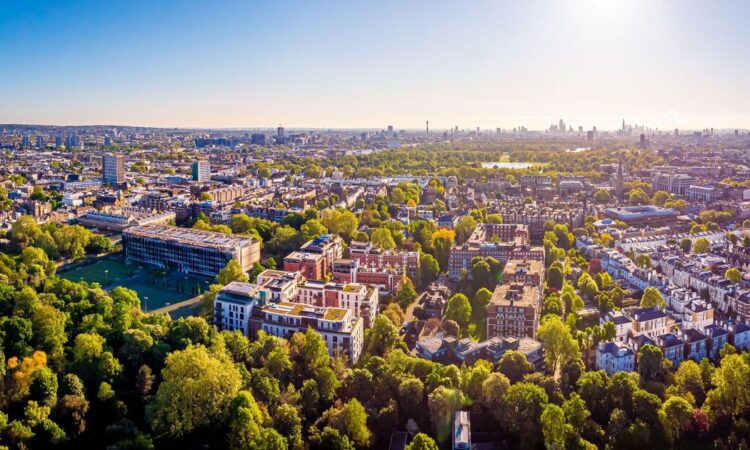
In the heart of London lies Kensington and Chelsea, an area renowned for its opulent architecture, affluent residents, and now, an unsettling trend of vacant properties.
The median property price here stands at an eye-watering £778,622, making it one of the most expensive areas in the United Kingdom.
Despite its high property values and exclusive reputation, Kensington and Chelsea have emerged as a hotspot for empty homes.
Recent data reveals that Kensington and Chelsea rank 8th among the UK’s top areas for vacant homes.
With 2,229 vacant properties per 100,000 people, the neighbourhood presents a paradox.
This figure is particularly striking when juxtaposed with the area’s housing waitlist, which includes 779 families and individuals seeking accommodation.
The phenomenon of vacant properties is attributed to several factors, primarily the influx of international buyers who purchase homes as investments rather than residences.
According to Northwood, 5,355 in the borough are second homes.
A spokesperson from the Alan Boswell Group said: “Chelsea and Kensington rank highly because we’ve ranked based on property values and number of vacant homes, since that area is very affluent it’s the value that’s raising the score.
“But it also ranks 8th in terms of vacant properties per 100k population.
“A large part of this data also reflects wealthy offshore investments – they buy out properties and second homes and just keep them empty.”
Many of these properties remain unoccupied for most of the year, contributing to the high vacancy rate.
Additionally, the district’s sky-high property prices create barriers for local buyers, further exacerbating the issue.
Local authorities and housing advocates have expressed growing concern over the impact of these empty homes on the community.
Efforts to mitigate the problem include increased taxes on vacant properties and incentives for owners to rent out or sell unused homes.
As of April 1 2024, owners of houses that have been empty and substantially unfurnished for ten years or more have to pay a council tax premium of 300 percent on top of the full Council Tax charge.
These measures aim to encourage more efficient use of the existing housing stock and alleviate the pressure on the housing market.
Despite this, Kensington and Chelsea remain emblematic of the complexities and contradictions inherent in London’s housing market – a place where immense wealth and pressing need can coexist in stark contrast.
The Royal Borough of Kensington and Chelsea council have been approached for comment.
